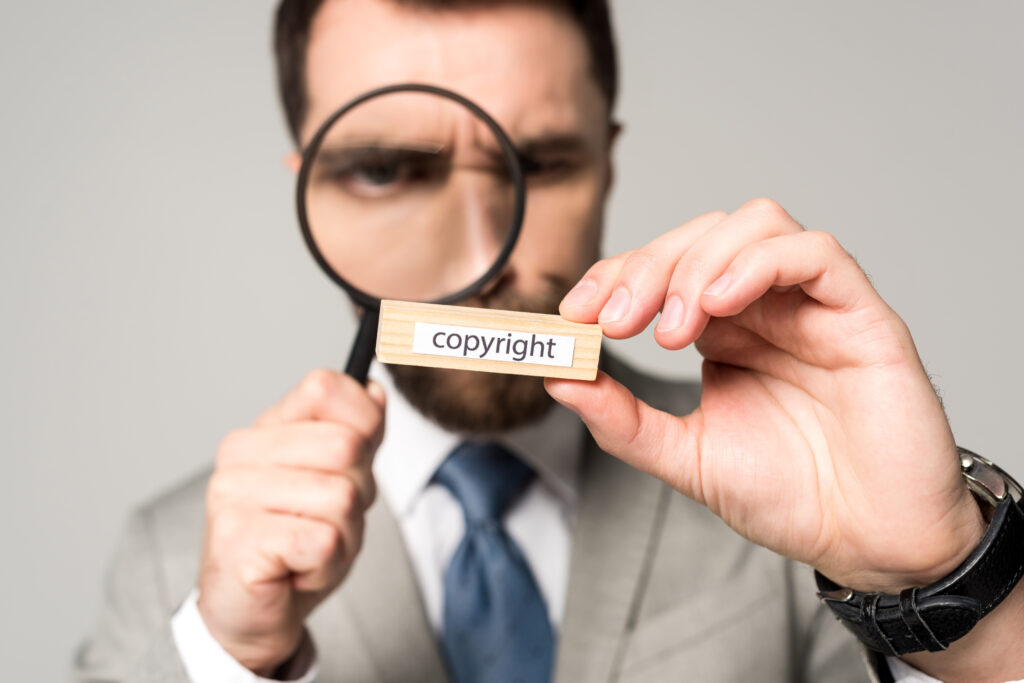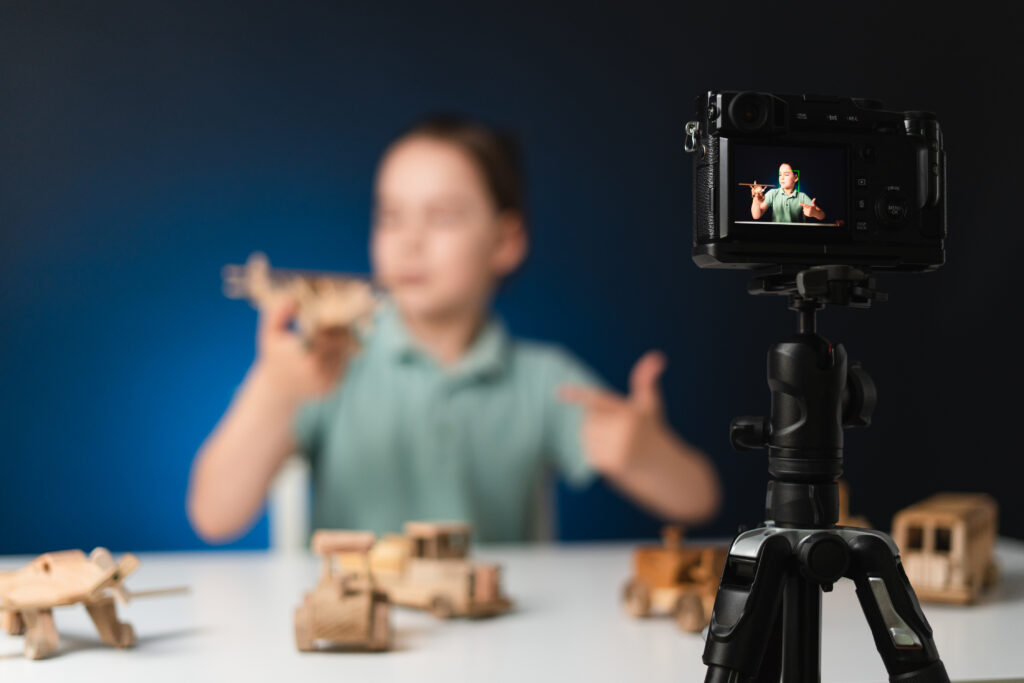Filming on Water: Techniques, Challenges, and Best Practices for Capturing Stunning Footage
Filming on water presents unique challenges and opportunities that require specialized techniques, equipment, and safety considerations. Whether you’re shooting luxury yachts, speedboats, jet skis, or water sports, mastering the art of filming on water ensures stunning, dynamic, and high-quality visuals. This guide covers the best practices, technical considerations, and safety measures to help you capture professional content while protecting your gear and crew.
1. Essential Equipment for Filming on Water
Water environments can be unpredictable, making equipment choice crucial. Here’s what you need:
Specialist Cameras & Waterproofing
🔹 Waterproof & Action Cameras – GoPro, DJI Osmo Action, and Insta360 for close-to-water shots.
🔹 Professional Cameras with Housing – Use underwater housings like Nauticam, Aquatech, or Ewa-Marine for DSLRs and cinema cameras.
🔹 Drones – Ideal for overhead shots of boats in motion, but must be used carefully in high winds and with waterproof landing zones.
Stabilization Gear
🔹 Gimbals & Stabilizers – Essential for smooth shots on unstable surfaces like boats or jet skis.
🔹 Handheld Rigs & Shoulder Mounts – Useful for onboard filming to counteract rocking motion.
🔹 Boat-Mounted Rigs – Suction mounts or gyro stabilizers help capture steady footage on moving vessels.
2. Lighting Considerations for Water Filming
Reflections & Sun Glare
🌊 Water reflects light aggressively, which can cause overexposure and harsh glare.
✅ Use ND filters to reduce brightness and glare.
✅ Adjust angles to avoid direct reflections from the water surface.
✅ Shoot during the golden hour (sunrise/sunset) for softer lighting and dramatic visuals.
Managing Shadows & Backlighting
🚤 When filming moving boats or watercraft, ensure backlight does not obscure details.
✅ Position the subject with the sun at the side or behind the camera.
✅ Use bounce reflectors or portable LED lights for controlled lighting.
3. Shooting Techniques & Angles for Water-Based Filming
Dynamic Angles to Showcase Motion & Speed
🔹 Tracking Shots – Follow boats or jet skis using another vessel, drone, or mounted camera.
🔹 Low Angles at Water Level – Create immersive action shots using a waterproof camera close to the surface.
🔹 Bird’s-Eye View – Use drones to capture wide, cinematic perspectives of boats moving through open water.
🔹 Onboard POV Shots – Mount cameras to capture first-person views from the driver’s or passenger’s perspective.
Slow Motion for Dramatic Effect
⚡ Use high frame rates (e.g., 120fps or 240fps) to slow down splashing water, waves crashing, or high-speed movement.
4. Safety Precautions & Best Practices
Protecting Equipment from Water & Damage
💦 Water, salt, and humidity can damage cameras. Use:
✅ Waterproof housings for all electronics.
✅ Silica gel packs inside gear bags to absorb moisture.
✅ Lens cloths & covers to prevent water droplets on the lens.
Safety for Crew & Talent
🚑 Health & safety should always come first when filming on water.
✅ Life jackets are essential for all crew working on boats or near deep water.
✅ Secure gear with safety cables to avoid losing cameras overboard.
✅ Know emergency protocols—assign safety personnel for water-based shoots.
✅ Check weather conditions—avoid strong currents, heavy wind, or storm risks.
5. Using Models & Presenters for Water Filming
Choosing the Right Presenter
🎤 When presenting a product like a luxury yacht or jet ski:
✅ A brand representative knows technical details but may not be comfortable on camera.
✅ A professional presenter ensures clear, engaging delivery but must be well-briefed on product details.
Filming Strategy
🎥 Link video shots to voiceovers for a smooth, professional result:
✅ Film close-up shots of features as they are mentioned.
✅ Use cutaways of the boat’s interior and exterior while the presenter speaks.
✅ Avoid overusing talking head shots—focus on the product.
6. The Importance of Editing & Client Feedback
Editing is where everything comes together—it transforms raw footage into an engaging story.
Key Editing Techniques
✅ Match footage to the script—sync visuals with narration.
✅ Enhance colors—adjust contrast for vibrant blues and crisp details.
✅ Reduce shaky footage—use stabilization tools in post-production.
✅ Add cinematic music & sound design—enhance the emotional impact.
Client Review Process
📌 Client feedback refines the final product:
✅ Send drafts for approval—ensure branding and messaging align.
✅ Be open to revisions—fine-tune based on input.
✅ Maintain version control—organize edits to track changes effectively.
Final Thoughts: Filming on Water Like a Pro
Filming on water requires planning, specialized equipment, and safety measures, but when done right, it creates breathtaking visuals. Whether shooting luxury yachts, high-speed jet skis, or serene ocean settings, mastering these techniques will set your content apart.
🌊 Key Takeaways:
✅ Use waterproof cameras and protective gear to safeguard equipment.
✅ Master lighting and reflections to avoid overexposure.
✅ Capture dynamic angles and motion to showcase the subject effectively.
✅ Prioritize safety for crew and talent—water filming can be unpredictable.
✅ Edit and refine content with client input for the best final product.
🚤 Ready to film on water? Apply these expert tips and take your content creation to the next level!


